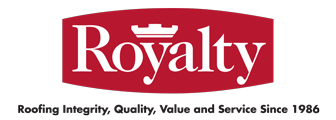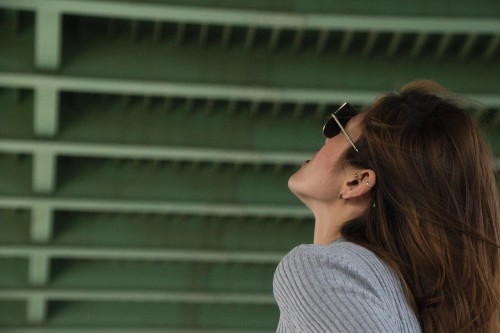Water Damage
Water damage often causes a sagging roof. Water can penetrate old roofing materials that have lost their moisture-repelling integrity, compromising the rigidity of insulation and other roofing components under the membrane. The fix will probably require a commercial contractor replacing the roof membrane and the soggy materials underneath – possibly even sections of the roof deck.
Excessive HVAC Load
Another common reason for a commercial roof to sag is excessive load. Commercial buildings typically have HVAC units installed on top of the roof and, before they are installed, a structural engineer should confirm that the roof can take the load. However, over time, as the roof ages or other damage occurs, the load may cause the structural integrity of the roof to be compromised. If the roof is sagging, particularly around an area where there is HVAC equipment, move people, supplies and inventory under that area to a different location until you can fix the situation. The solution is probably beyond the capabilities of a conventional commercial roofing contractor, as there may need to be significant building structural improvements made.
Damage to Load Bearing Beams or Columns
In rare instances, a roof could sag due to a reduction in the structural integrity of the load bearing beams or columns beneath the roof. This is most often the case on very old buildings, where rot and / or rust has developed from a leaking roof. The water damage made its way downward, where the wood beams and trusses became unable to bear the load. In this instance, the roof and the underlying support structure would all have to be replaced.
Any time you notice a sagging roof (and you should periodically inspect your roof for potential problems), the first step should be to call a commercial roofing company right away. They can assess the damage and either repair or replace the roofing system, or determine if the work is beyond the scope of their expertise. In the meantime, minimize danger by moving people and supplies out of the area until watertight integrity and structural strength can be restored.


